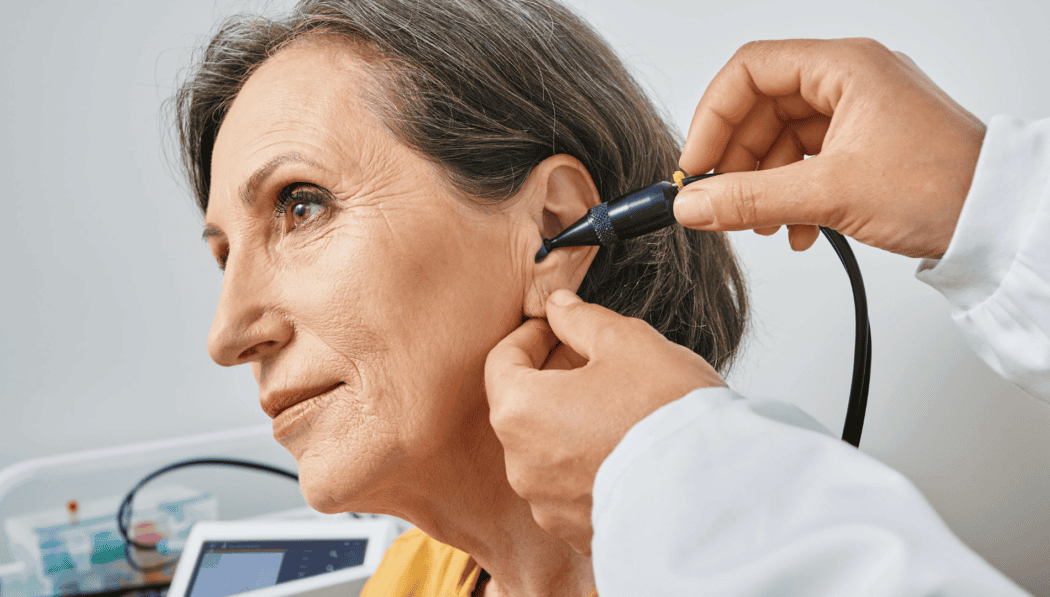
Which Hearing Test Is the Right One?
When it comes to hearing health, it’s important to choose the right test to assess your auditory needs. There are various types of hearing tests, each designed to measure different aspects of hearing. From routine screenings to more in-depth evaluations, understanding the differences between these tests can make the process smoother. So, how do you know which hearing test is the best fit? Let’s break down some of the most common options.
Basic Hearing Screening
The most straightforward test is a basic hearing screening. Typically done during routine physicals, this screening helps detect potential hearing loss early on. It often involves listening to a series of tones at various volumes. This test is great for giving a general sense of hearing health and identifying if more detailed testing might be needed. If signs of hearing loss are detected, further evaluations can be scheduled to pinpoint the extent and nature of the issue.
Pure Tone Audiometry
Pure tone audiometry is another type of hearing test that evaluates hearing with sounds. This evaluation uses sounds at different frequencies to determine the softest sounds a person can hear. The person being tested wears headphones, and when a sound is heard, they indicate it by raising a hand or pressing a button.
This test is ideal for assessing hearing loss across a range of pitches, making it a go-to choice for hearing health professionals. It helps determine the degree and type of hearing loss someone may be experiencing.
Speech Audiometry
Speech audiometry focuses on how well a person can hear and understand speech, not just tones. During this test, the person being tested listens to recorded words at various volumes and repeats them back. Speech audiometry is useful in assessing how someone can hear and process everyday conversations. This test can reveal if background noise affects speech understanding, providing key perceptions for people who struggle in noisy environments.
Tympanometry
Tympanometry is a valuable test for understanding how well the middle ear is functioning. Instead of testing hearing directly, this test measures the movement of the eardrum in response to pressure changes. It’s especially helpful in diagnosing issues like fluid in the ear, ear infections, or problems with the bones in the middle ear. Tympanometry is quick and painless, providing critical information about ear health beyond just hearing ability.
Which Test Is Right for You?
Each hearing test serves a unique purpose, and the right one depends on the individual’s needs. For someone with mild hearing concerns, a basic screening may be enough. If there are more specific issues, such as difficulty understanding speech or concerns about inner ear function, a more specialized test like pure tone audiometry or speech audiometry may be necessary. Consulting with a hearing health professional will help ensure the appropriate test is chosen based on the symptoms or concerns present.
